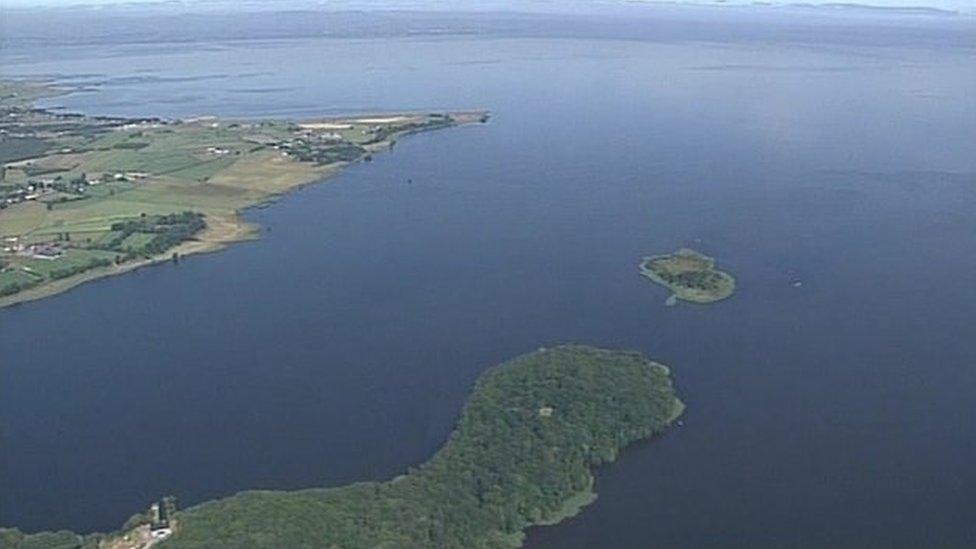Lough Neagh sand dredging to continue
- Published
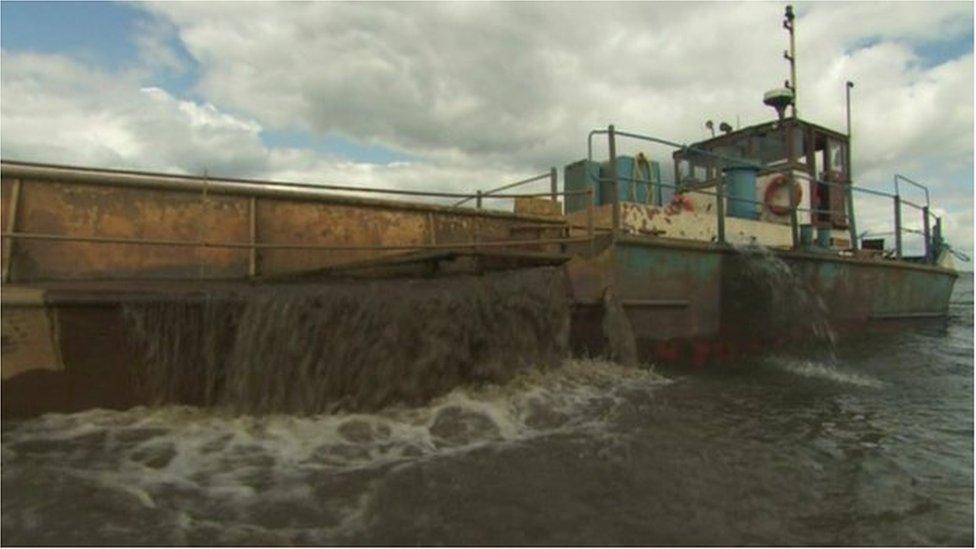
Sand is dredged onto boats from the bottom of Lough Neagh
Five companies are to be allowed to keep dredging sand from Lough Neagh but with conditions attached.
Environmentalists went to court to try and stop them, citing risk of damage to the protected site.
In June, the appeal court ruled officials in the Department of Infrastructure should review a decision not to halt extraction.
The work does not currently have planning permission.
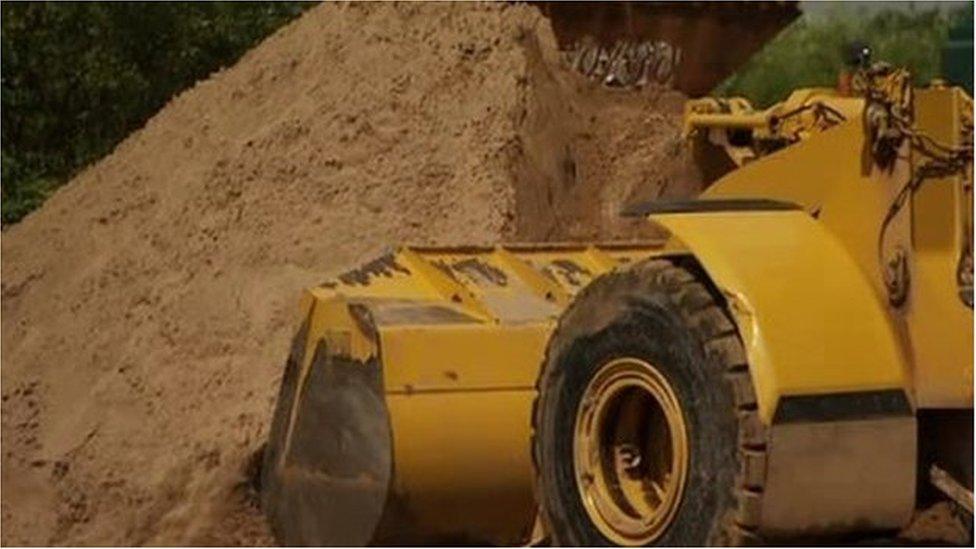
The sand is used to supply the construction industry
The department has now said, based on up-to-date environmental information, that it's "not expedient" to stop the dredging.
Some working conditions have been imposed on the sand companies instead.
Friends of the Earth, which successfully challenged the decision to allow the dredging, said the news was "deeply disappointing".
"The message that the government is sending out is that when it comes to the environment the rule of law is not welcome in Northern Ireland," said James Orr, Northern Ireland director for Friends of the Earth.
"The courts ruled in our favour yet unlawful mining of Lough Neagh continues with the complicity of the government."
Lough Neagh is an internationally important bird sanctuary with EU and other protections.
The row over unauthorised sand extraction led to a court action by Friends of the Earth.

Sand being driven away from Lough Neagh
It would have halted the work immediately.
Instead, Mr Durkan used an enforcement notice that was open to appeal, meaning extraction could continue pending the outcome of the appeals process.
He did it against the advice of his officials who had assessed the impact of the dredging as potentially "significant".
in June, the court ruled that Mr Durkan had taken the wrong approach
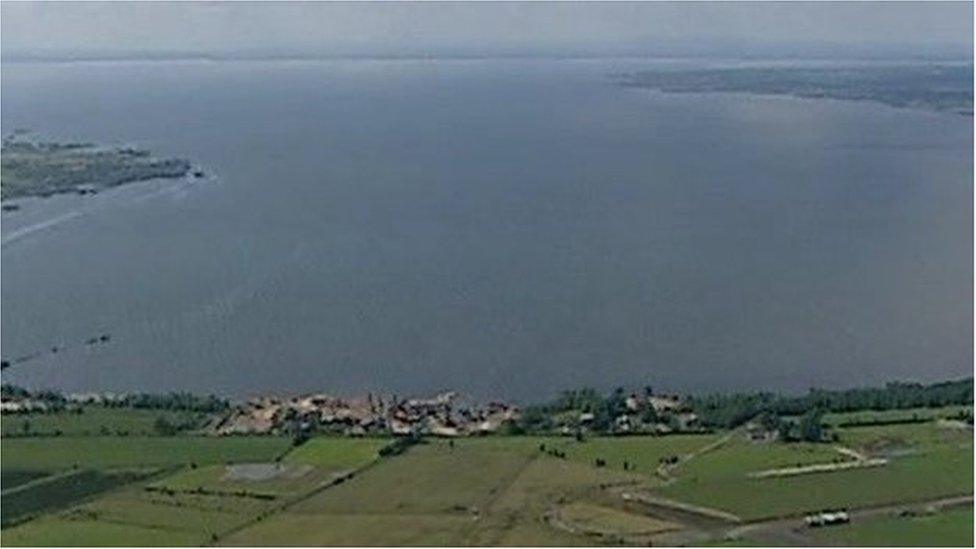
Planning permission is being sought for a further 15 years extraction
Mr Durkan balanced what he described as a lack of evidence of environmental damage against the risk of economic harm were he to stop the work.
Up to 1.5m tonnes of sand is extracted from the lough every year.
In June, the court ruled that Mr Durkan had taken the wrong approach.
Instead of looking for proof of damage to the environment, it said he should have adopted the "precautionary approach" required by EU legislation.
It states that no work can happen on protected sites unless there is certainty that it's not harming them.
Extraction has been happening on the lough for 80 years, but has been occurring on an industrial scale since around 2005 with 15 barges operating.
They concentrate activities in the north western corner of the lough.
The industry says it sustains around 150 direct jobs.
Dredging has never had planning permission. An application for it is currently being considered.
- Published5 June 2017
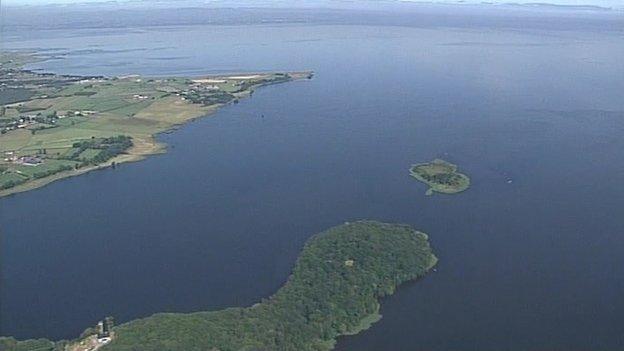
- Published31 May 2017

- Published23 September 2015
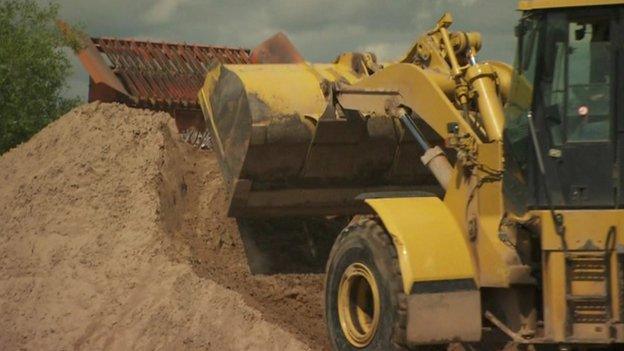
- Published7 July 2015

- Published28 June 2017
